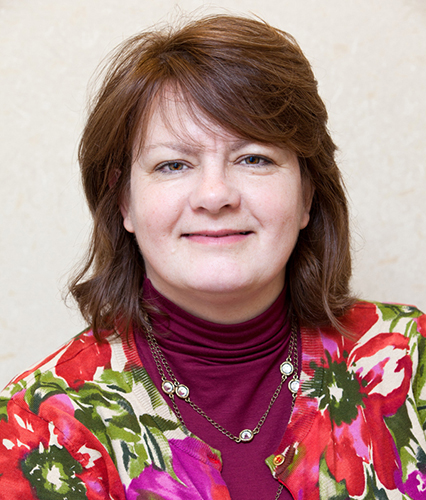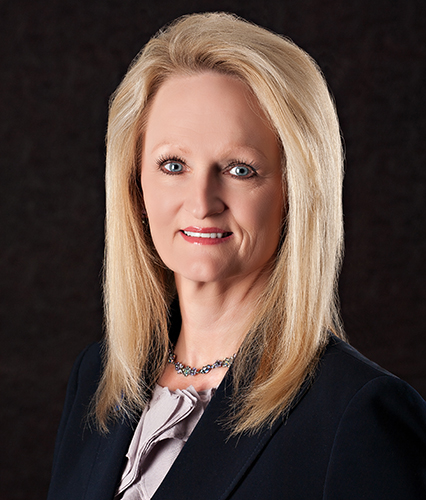
It’s human nature to want to keep things more or less the way they are now–in other words, status quo. And that’s especially true at work, where any mention of “change” can often make workers cringe.
But in the world of health care, change is a given, because new treatments and modalities are always coming to the fore, as are new strategies for making care work better and smarter for the patients who need it.
How can RTs defeat that age-old mindset that says, “we’re going to do it this way because that’s the way it’s always been done”?
AARC members Becky Anderson, RRT, disease management manager at Sanford Medical Center in Fargo, ND, and Kim Bennion, MHS, RRT, corporate respiratory care QA manager at Intermountain Healthcare in Salt Lake City, UT, are overcoming it in their facilities and they offer some tips on how you can get the job done too.
Top of their license

Anderson says her department has always been known for its strong leadership and has willingly taken on the responsibility for identifying and implementing evidence-based care.
“We developed a protocol system about 30 years ago and continue to work directly with physician groups to revise and develop protocols that align with current evidence,” she said. “When our staff therapists are consistent in applying these protocols and communicate at the appropriate times with physicians, the result is a mutually respectful relationship.”
Physicians have come to expect RTs to practice at the top of their license and they regularly use their expertise to improve outcomes for their patients.
Getting to that point, continues Anderson, has required respiratory staff not only to buy into changes themselves, but also to convince physicians and others that respiratory therapists are the right people to implement or participate in those changes.
“We collaborate with hospital and ambulatory services, community services, and other organizations to build stronger programs for respiratory patients,” she said. “Because of our norm of working within the interdisciplinary team to accomplish goals, we are frequently asked to lend our voice to a variety of initiatives.”
Avoid high pressure sales
How do they do it? Anderson offers an analogy.
“Most of us have experienced an episode of high-pressure sales in the market place. Think about how that made you feel. Were you more likely or less likely to trust the seller? To buy? High-pressure sales tend to turn most people off. It’s no different when implementing evidence-based practice in health care,” Anderson said.
To get everyone on board, she and her colleagues take a slower and more inclusive approach, using words like “we” instead of “I” and focusing on creating a conversation around best practice rather than trying to sell it to those involved.
They also ensure their goals and objectives align with the overall mission, vision, and values of the organization as a whole, and they start any new process by gathering input from all of the people who will ultimately be affected by the best practice they are seeking to implement.
They accept criticism with grace, report outcomes as they go along, and acknowledge the work of the interdisciplinary team in making it all happen.
“Buy-in is achieved when others feel vested in the outcome,” she said.
RT Evaluate and Treat

Those philosophies have been embraced by respiratory therapists at the multi-hospital system, Intermountain Health, in Utah as well.
“We are a 23-hospital health care organization and have been working on evidence-based, best practice and have implemented 19 adult protocols under the umbrella of our evaluation and management process we call ‘RT Evaluate and Treat,’” Bennion said.
It’s taken a dedicated team of RT directors and managers and physician sponsors to get to that point, and Bennion says networking with all of the key stakeholders in the organization with an interest in the topics in question — including RT students and even patients — is a key part of the process.
They keep those folks in the loop throughout the creation and development of the protocol and any associated education for RTs and other disciplines, as well as during the data input, analysis, and outcome reporting phases.
Good example
She cites one recent example showing how it works.
“Our most current practice that was by far the most complex to date was the Opioid Patient Safety and Monitoring project with the associated nursing and RT protocols,” Bennion said. ”This required a year’s worth of work as we sought to standardize equipment and supplies for monitoring high risk opioid prescribed patients at each of our hospitals.”
The team implemented ETCO2 and acoustic monitoring and used a tracking tool that helps everyone know what they need to do and when they need to do it.
The protocol caught the eye of Utah state legislators and became the basis for a resolution that’s now open for discussion in the state capitol.
Respiratory therapists are specifically identified in the resolution as leading the Intermountain Health initiative.
The patient first and always
The team has now turned its attention to home monitoring and telemonitoring of high risk patients, and Bennion is looking forward to implementing this piece of the puzzle as well.
“I know one thing. We just don’t know what we don’t know in terms of near misses in this subset of patients; however, we soon will,” Bennion said. ”This new frontier for us will mean higher quality, safer patient care and support our belief that it should be ‘the patient first, and always’ as we seek to help patients live the healthiest lives possible.”
Given the national opioid crisis and her team’s ongoing drive to deliver best practices to patients in need, she notes, “When it comes to buy-in, who can argue with that?”